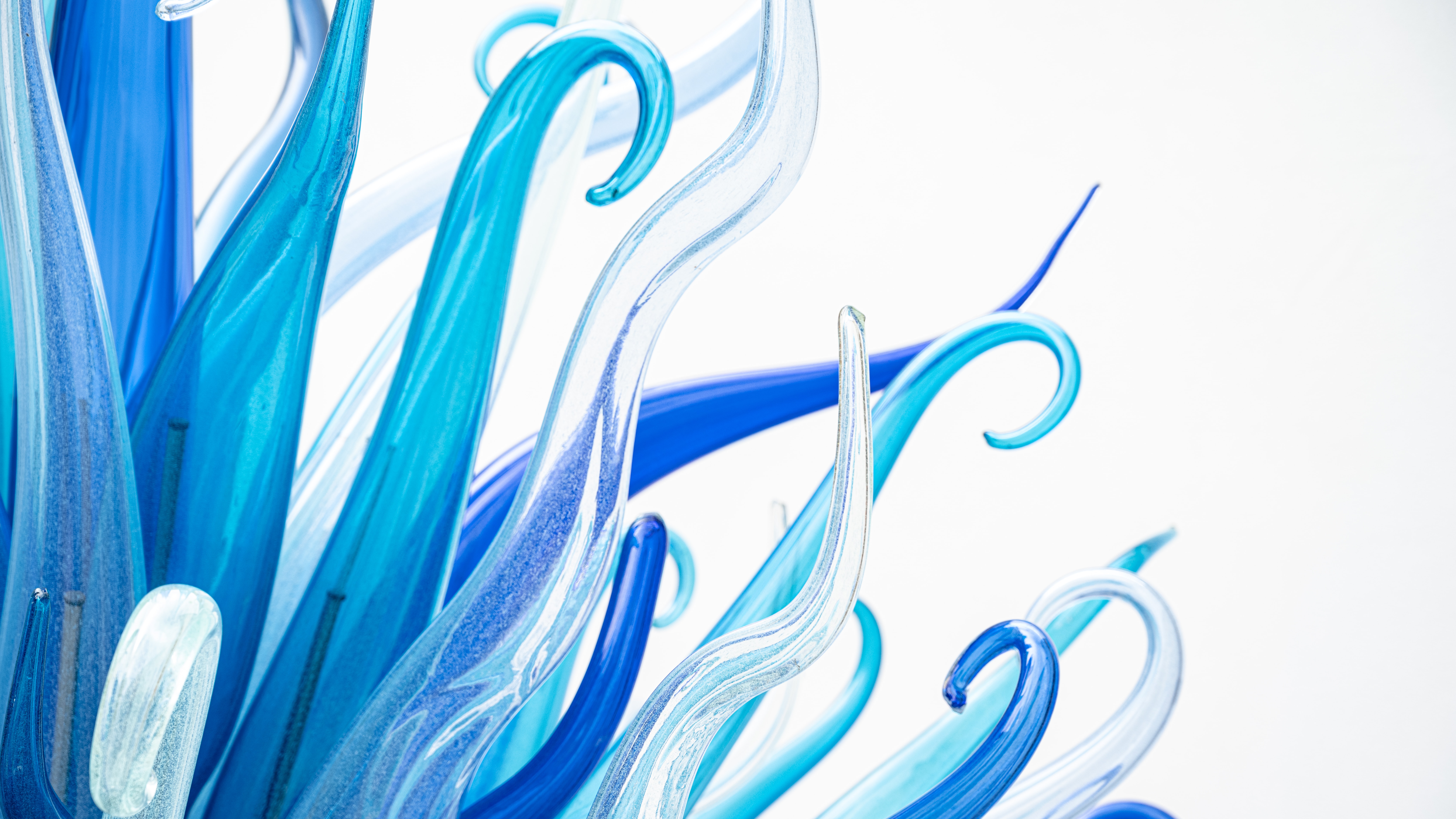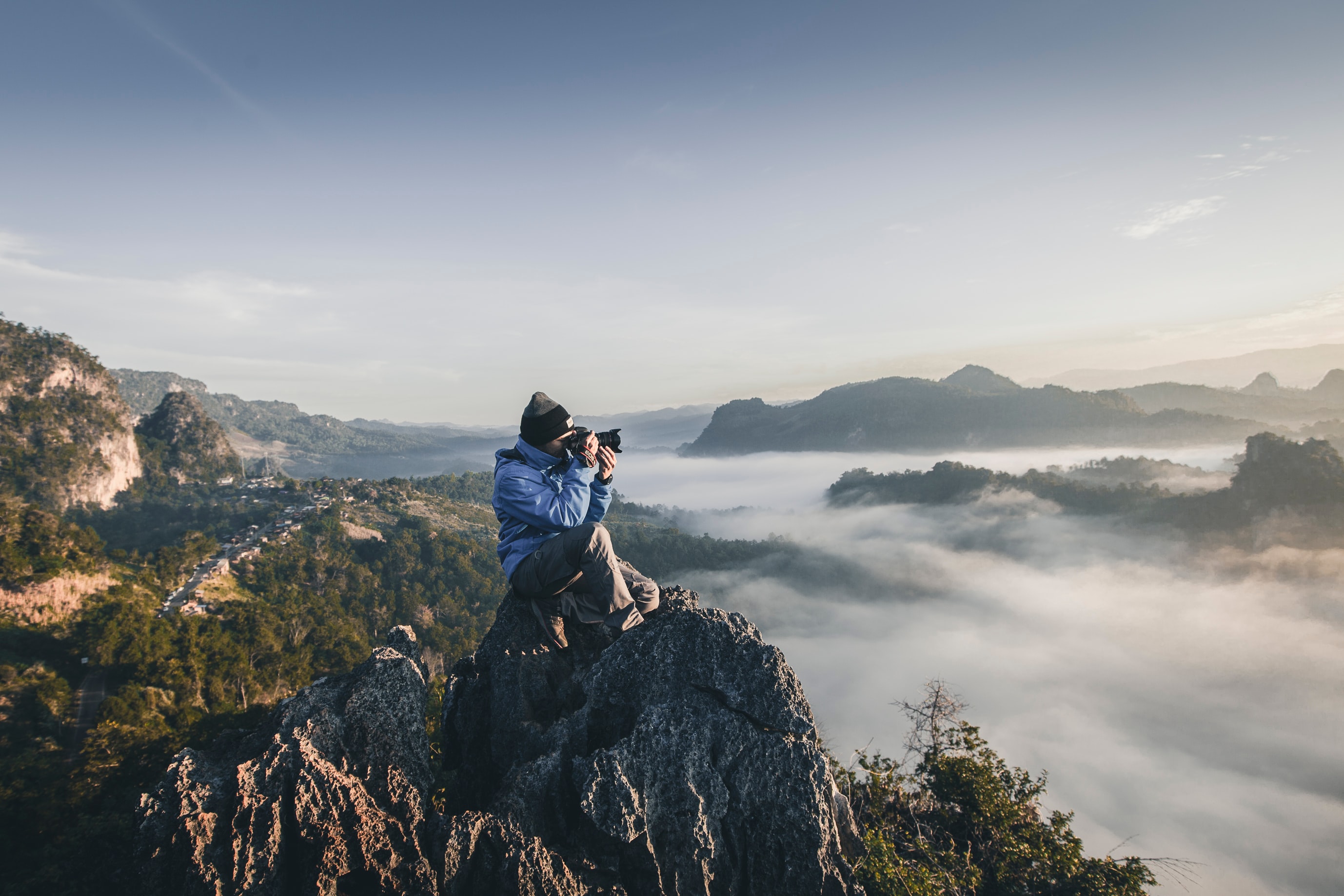CS220AU
content production
Content producers can be in charge of all stages of the APM:
- defining the goals
- designing a suitable workflow
- developing the content e.g. by creating a podcast, designing a logo, writing text, finding or taking photographs, etc.
- asking for feedback from professionals on the drafts (works in progress)
- publishing and disseminating the finished content (don’t forget to contextualise)
Who is the content producer for your website?

This page outlines
- types of contents
- types of materials
- take or make materials?
- materials and content in some more detail
- summary
1. content types
On a website, you can publish content focusing on
- still images e.g. a photo-reportage
- audio e.g. a podcasts or music
- video e.g. a short film
- text e.g. an article or programming code
Your content (e.g. a web page) could mix up these modalities in different ratios - whatever you think best suits your ‘storytelling’.
What do the following quotes mean, how could you rephrase them?
A picture is worth a thousand words.
The sound and music are 50% of the entertainment in a movie. ~G. Lucas
There are things in the book you could never do in a movie. ~ Noah Hathaway
Can a word be worth a thousand words?
2. materials
 photo by Oxana Melis on Unsplash
photo by Oxana Melis on Unsplash
When creating content for your website, you could consider the following materials
- still images e.g.
- photography
- computer graphics
- diagrams
- could be used e.g. for
- making logos and favicons
- embedding feature/header images on the top of a page
- embedding between text
- in a videos
- audio e.g.
- sound recordings
- sound effects
- music
- could be used e.g.
- moving images e.g.
- films (movies) made with cameras
- computer generated animations
- dynamic content e.g. made with computer code
- text e.g.
if ( students.happiness == true ) {
kris = kris.happy
}
else {
kris = kris.unhappy
}
 photos by Nathan Dumlao and Kelly Sikkema on Unsplash
photos by Nathan Dumlao and Kelly Sikkema on Unsplash
3. take or make materials
Where to get these source materials from?
- take it (free or paid)
- make it i.e. DIY
1. take it
Free and paid materials can have different requirements regarding
- attribution e.g. regarding private/commercial use or whether you need to credit the creator or not
- repurposing e.g. whether you can amend the source material or not
- stock libraries can list
- free and paid materials e.g. Unsplash
- only paid materials e.g. Envato
- only free materials e.g. Freesound Project
Examples of free images in use:
- the images above on this file were all taken for free from Unsplash
- the first image is used in its original form
- the second image is a collage of three photos (modification allowed by Unplash license)
- although it wasn’t required, I gave credit to the photographers, maybe because I like when my photos are credited as well
more info on using free materials:
- https://creativecommons.org/
- http://www.differencebetween.net/business/difference-between-creative-commons-and-public-domain/
2. make it
To make your own material you can
- repurpose/reuse/amend free material (check licence) e.g. poster e.g. swimming music
- start from scratch e.g.artwork and sound synthesis of flow
materials and content in more detail
1. still images
- computer graphics (vectors or pixels)
- photography (pixels)


![]()
- https://duckduckgo.com/?q=pixel+vs+vector
- main advantages:
- pixels e.g. photos can provide more depth/detail
- vector graphics e.g. logos are easily scalable
sources for taking
- https://unsplash.com/images/stock
- https://www.vecteezy.com/free-vector/vector
- more? Search for ‘free photography’, ‘free images’ or ‘free vector images’, ‘photo stock library’ etc.
- you can also ask people on Flickr, Behance whether you could use their images
- remember to check the required attributions and how you can use (repurpose) the image
hardware/software for making
- pixel work
“The best camera is the one you have.”
- vector work
- you can do serious work with Inkscape (a free Illustrator alternative)
- search for ‘Illustrator alternatives’
further resources
- https://logosbynick.com/graphic-design-computer-requirements-2021/
- ImageOptim
- diagrams.net
- https://thegimptutorials.com/gimp-vs-inkscape/ (pixels vs vectors)
How could your website benefit from still images?
2. audio
materials:
- sound recordings
- sound effects
- music
content:
- podcasts
- music
types of podcasts
- interview or presentation recordings
- attention is paid on people talking
- organic narrative
- example:
- https://rebelwisdom.podbean.com/
- https://podcast.app/eckhart-tolle-essential-teachings-p687019/
- sometimes it’s the audio-only version of the original video format
- storytelling with mixed material e.g. sound design and music, narration, interview clips
- more artistic
- edited narrative
- examples:
microphones/speakers/headphones
- for quality recordings, use a condenser mic (not a dynamic mic)
- isolate noises when recording as much as possible (unless they are part of your soundscape e.g. your storytelling)
- record in high sample rate
- use quality headphones/speakers (called monitors) when editing audio
- show Zoom H1, binaural mic, gooseneck, windshield, jack cable
software
production stages:
- recording/sound design/music composition
- editing
- mixing
- mastering
- big productions have different people for each of these stages, but can be done by one person as well
- stages can be done in one software e.g. Digital Audio Workstation e.g. like Reaper, Pro Tools, Logic Pro, Audacity, Adobe Audition
- however, sometimes specific software/hardware is used for specific stages e.g. recording can be done with portable recorders on SSD cards or straight on the computer’s HDD in a studio
- consider panning (mono vs stereo)
sources for taking audio
- https://freesound.org/
- more? search for ‘audio stock libraries’, ‘free audio samples’, ‘free music’, ‘public domain music’, etc.
How could your website benefit from audio materials/content?
3. moving images
source material:
- films (movie clips made with a camera)
- computer-generated animation clips
- computer screen recordings (screencasts)
- still images
- audio
moving image type
- simple interview or presentation recordings e.g. a lecture’s archive - similar to podcast type 1
- storytelling with mixed material e.g. sound design, music and narration, graphic design - similar to podcast type 2
- screencast e.g. demonstrating the use of a specific software
- short film/animation (documentary or artistic/dramatised)
production stages
- similar to the audio production stages above
- film recordings i.e. shootings / graphics rendering
- editing e.g. arrangement of clips, linking audio and visuals
- mixing and mastering (fine tuning audio and sound e.g. colour tuning, noise reduction, surround spatialisation)
hardware/software
to record films:
- smartphones, camcorders, video cameras, webcams (chosen according to project’s needs)
to create animations:
- search for ‘compare animation software’
to record audio:
- inbuilt or external microphones (for better quality use external, condenser microphones)
to edit videos:
- Premier, iMovie, Final Cut Pro, DaVinci Resolve, OpenShot, - available on lab PCs, … search for ‘video editing software’,
to edit audio:
- most video editing software provide you with good audio editing functions
- but, you can export the audio from the final video and edit/mix/master in a software specialised for audio work
to make screenrecordings/screencasts:
- Screencast-O-Matic (available on lab PCs)
- tutorial
- can’t edit with the free version nor record computer audio but offers screen+webcam even without making an account
- limited to 15 minutes
- Open Broadcaster Software (available on lab PCs)
- tutorial
- does not seem to be a good editing tool, but it’s free and you can mix desktop + webcam and export in a variety of formats
- more? search for ‘screencast software comparison’
thoughts
- record in high definition if you have space
- before you start working with a software, read many articles comparing alternatives
- as with photography, consider light and composition first
- I can demonstrate the use of software available on the lab PCs if needed (perhaps at the end of this seminar)
What are the pros and cons of taking or making linked to visual and audio materials?
4. text
- e.g. blog post, journal paper, book etc.
software
- Word, Markdown, etc.
referencing
- experiment with referencing apps e.g JabRef
grammar
- before asking for feedback, check with Grammarly, ProWriting Aid, etc.
my flow
- write in VSC
- check with SpellRight extension
- copy/paste to Grammarly
- copy/paste to ProWriting
- copy/paste to Hemingway (maybe)
- copy/paste to Word (maybe)
- can someone give me feedback (a native speaker or someone whose English is really good?)
- submit/publish
resources
- Lorem Ipsum, a random text generator
summary
- use a project management method for your project (with a Guntt chart e.g. milestones, deadlines)
- finishing something often takes longer than you expect
- take it or make it
- use paid vs free software (e.g. https://awesomeopensource.com/)
- does it have good tutorials and a good community for support (e.g through an established forum)?
- are there examples that I can take apart?
- are there examples of work similar to what I want to do?
- paid software is often more user-friendly than free software, and it is possible that it has fewer bugs
- free you can often customise in more depth
- paid has trial versions (some with watermark)
- do it all or delegate tasks (if you can)
- less is more (e.g. simple transitions in video editing), especially if your raw materials are good
- try start with good raw materials instead of trying to sort out issues later with software
- record raw files and archive them for later
- keep assets e.g. audio/video/text files for one project together i.e. organised in one folder
- have a convention for naming and organising your files
other resources
- http://www.vectorss.com/
- take or make: https://seths.blog/2022/03/outsourcing/